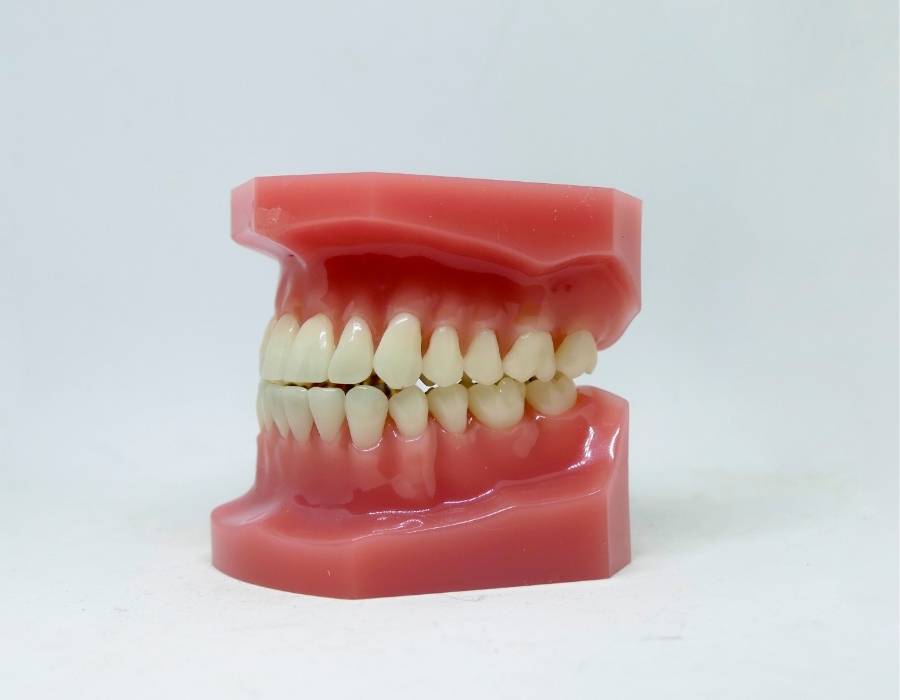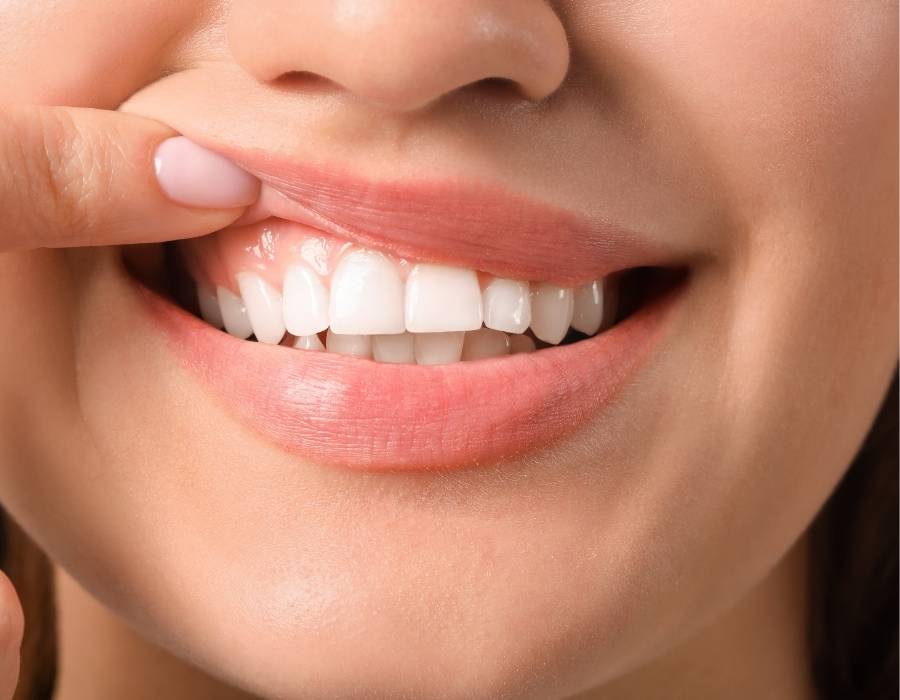Orthodontic treatment is often associated with straighter teeth, improved bites, and a more confident smile—but what many patients don’t realize is how significantly it can influence gum health. Whether you’re considering braces or clear aligners, or are already deep into treatment, understanding how orthodontics affects your gums is essential to maintaining long-term oral health.
This guide breaks down the key connections between orthodontic appliances and gum health, answers frequently asked questions, and offers actionable strategies to keep your gums healthy during your smile transformation.
Orthodontics Isn’t Just About Teeth—It’s About Total Oral Health
When starting orthodontic treatment, most people focus on achieving a straighter, more attractive smile. But there’s more happening behind the scenes than meets the eye. Your gums, often overshadowed by the spotlight on teeth, play a critical role in supporting long-term oral health and the success of your treatment.
Braces and aligners introduce new hurdles for daily hygiene routines, making it easier for plaque to accumulate around brackets or beneath aligners. According to the Journal of Clinical Periodontology, up to 65% of orthodontic patients experience signs of gingival inflammation during treatment—a clear warning that gum health shouldn’t be ignored.
If left unchecked, these issues can lead to swollen, bleeding gums and even compromise the stability of your teeth, setting back your orthodontic progress. Prioritizing oral hygiene and being proactive with dental care ensures not just a straighter smile—but a healthier one, too.
How Orthodontic Treatment Impacts Gum Health
1. Increased Risk of Gingivitis
Orthodontic appliances create tight spaces around your teeth where food debris and plaque tend to accumulate. If not properly cleaned, this buildup can irritate the gums, leading to gingivitis—the earliest stage of gum disease.
2. Improved Gum Health Long-Term
While the short-term risk of inflammation may increase, orthodontic treatment ultimately contributes to better gum health by correcting crowded, crooked teeth. Straighter teeth are easier to brush and floss, helping reduce your risk of periodontal disease in the future.
Is It Normal to Have Swollen Gums with Braces or Aligners?
Yes, some gum swelling is completely normal—especially in the early stages of treatment as your mouth adjusts to new appliances. Braces and aligners can irritate the gum tissue slightly, leading to temporary inflammation.
However, if the swelling persists or becomes more pronounced, it may be a sign of something more serious. Poor oral hygiene can cause plaque to build up around brackets or beneath aligners, triggering gingivitis or gum infections. Consistent brushing, flossing, and regular check-ins with your orthodontist or dentist are essential to keeping your gums healthy throughout your treatment.
Key Warning Signs of Gum Issues During Orthodontic Treatment
Keep an eye out for these symptoms that may signal gum trouble while wearing braces or aligners:
- Persistent bad breath
- Red, tender, or swollen gums
- Bleeding when brushing or flossing
- Receding gumline or teeth that appear longer
- Sores or discomfort around brackets or wires
If you notice any of these signs, don’t ignore them—schedule an appointment with both your orthodontist and dentist right away to prevent further complications and protect your progress.
6 Proven Strategies to Protect Your Gums During Orthodontic Treatment
1. Commit to Flawless Oral Hygiene
Make brushing and flossing non-negotiable. Brush thoroughly at least twice a day using fluoride toothpaste, and floss once daily to remove buildup between teeth and around appliances. An electric toothbrush can give you an extra edge by removing plaque more effectively than manual brushing.
2. Use Orthodontic-Specific Tools
Standard brushes and floss may not cut it. Equip yourself with interdental brushes, floss threaders, or a water flosser to clean around brackets and between tight spaces. These tools are designed to reach the areas your regular toothbrush can’t.
3. Rinse With an Antibacterial Mouthwash
Incorporate a mouthwash containing chlorhexidine or cetylpyridinium chloride into your routine to kill harmful bacteria and soothe inflamed gums. This simple step adds an extra layer of defense against plaque and gingivitis.
4. Stay on Track With Dental Cleanings
During orthodontic treatment, plaque can accumulate faster. Schedule professional cleanings every 3 to 4 months instead of the typical 6-month interval to keep your teeth and gums in optimal condition.
5. Avoid High-Sugar and Sticky Foods
Sugary and sticky treats not only feed gum-harming bacteria but also cling to your appliances, making them difficult to clean. Say no to gummies, caramel, and other problem snacks to avoid inflammation and decay.
6. Stay Hydrated and Eat for Gum Health
Drink plenty of water throughout the day to rinse away bacteria and food particles. Focus on a balanced diet rich in vitamins C and D, along with omega-3 fatty acids, to promote gum healing and reduce inflammation from the inside out.
A Strong Foundation for a Stronger Smile

Orthodontic treatment is more than a cosmetic upgrade—it’s a full-mouth transformation. While braces and aligners can present challenges for your gums, these are manageable with proactive care, the right tools, and consistent habits.
Patients who prioritize gum health during orthodontics not only avoid complications but also achieve healthier, more stable results that last a lifetime.
So as you embark on or continue your orthodontic journey, remember: your gums are just as important as your teeth. Give them the attention they deserve.









